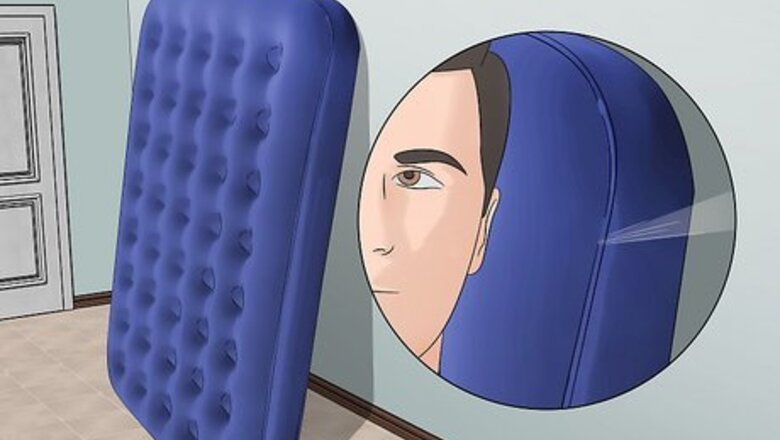
views
Listen and look for the leak.
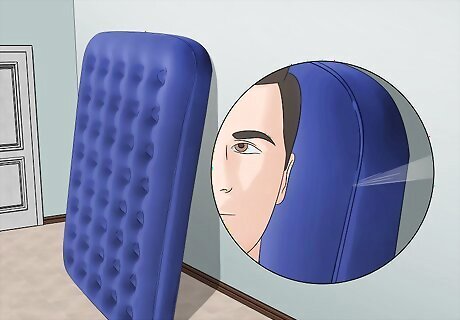
If you don’t know where the hole is, keep the air mattress inflated as you look. Holes most often appear on the bottom or in the seams, so stand the mattress up against a wall to check. Listen for the sound of rushing air to detect tiny leaks.
Use soap and water if you can’t find the leak.
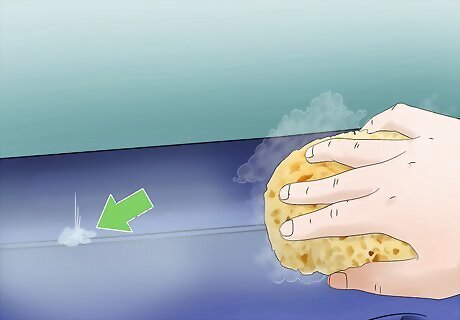
Try mixing a teaspoon of liquid dish detergent in a bowl of water. Use a sponge to spread the soapy water over the mattress. Bubbles will appear from the leaking area.
Mark the leak with a permanent marker.
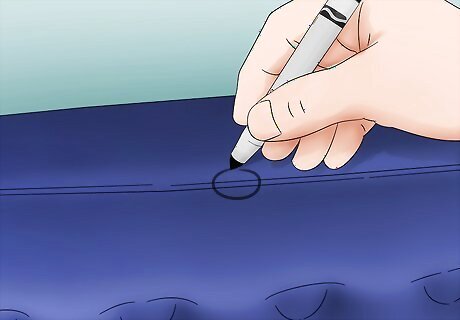
Circle the leak with the marker so you can find it easily later. This is useful for small holes and tears. You can also use a piece of tape to mark the leak.
Deflate the air mattress.
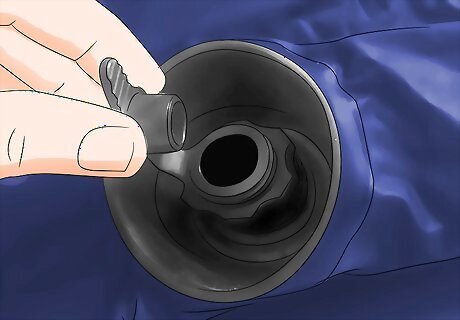
Undo any plugs and let out the air. Use your hands to push out any air still trapped inside the mattress. Lay the mattress flat on the ground.
Clean the leaking area with isopropyl alcohol.
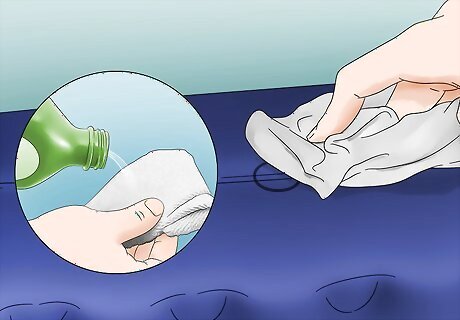
Wipe the leak and the fabric around it to remove any debris. For a thorough clean, spread some of the isopropyl alcohol on a towel or cotton ball. When you’re finished, allow the mattress to dry completely. If you don’t have isopropyl alcohol, mix a teaspoon of any liquid dish soap into a cup of water and use it to wash the area.
Sand the leak if your mattress is flocked.
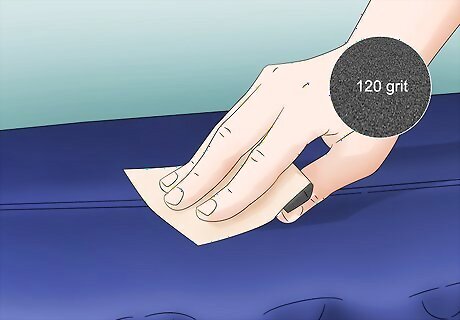
Gently sand around the leak with 120-grit sandpaper. This is only necessary for flocked surfaces, which are raised and soft like velvet, or similar surfaces such as suede. The mattress’ box or owner’s manual will tell you what kind of mattress you have. If you’re still unsure, skip this step.
Create a patch out of clothing when you don't have plastic.
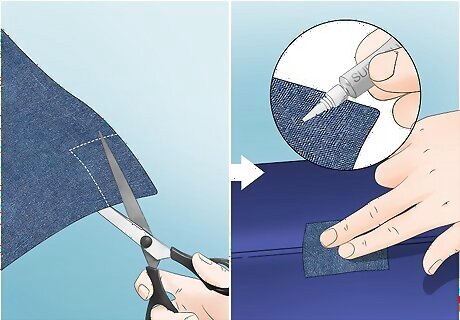
Make sure the torn area is cleaned off with isopropyl alcohol first. Cut a patch out of an old shirt or another cloth. Use super glue and weigh the patch down for at least 6 hours, if possible. This patch isn't as durable as plastic or rubber patches, but it will hold up until you can make more repairs.
Seal holes temporarily with duct tape.
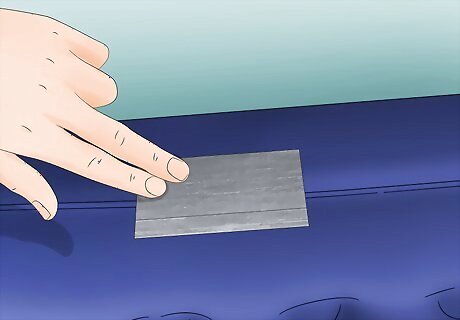
Clean off the damaged area and lay the tape flat over the hole. You will be able to use the mattress for the night, but the tape will loosen over time. Replace it with a stronger patch when you get the chance. If you use tape, make sure you clean the tape residue left on the mattress when you try to patch it later.
Use a hot glue gun to seal small holes and tears.
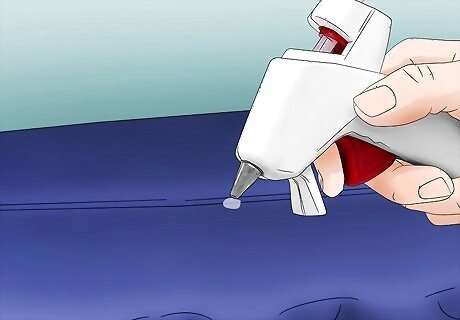
A glue gun can plug small leaks, but make sure it doesn't touch the mattress. Warm up the gun, then hold the tip above the hole. Slowly move the gun over the hole until it is filled. The glue gun can melt the mattress, so keep the tip away from it.
Cut a patch out of a vinyl shower curtain.
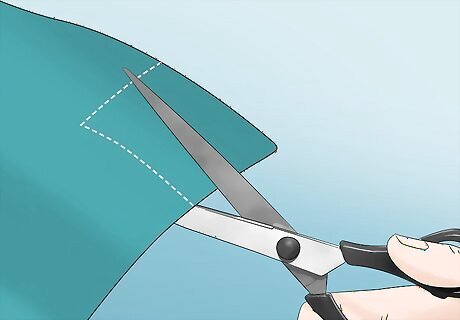
An old bath curtain is a great substitute if you don't have a repair kit. Use scissors to cut a patch that is a little larger than the area you wish to cover. This will ensure the patch stays tight and in place over the hole. Repair kits come with some mattresses and can also be purchased wherever air mattresses are sold. Bike tire patch kits also work well for repairing air mattresses. Find them at bike and general stores.
Spread rubber cement over the patch.
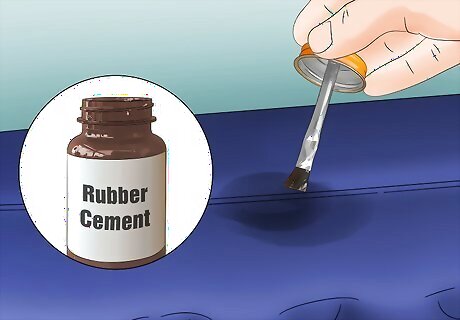
Brush the rubber cement over the back of the patch. Also spread a layer over the leaking area. You can use a rubber glove to smooth the glue in order to ensure the patch stays flat against the mattress. Other strong glues, such as super glue, contact cement, or epoxy, may also work. You can also find glue that is specifically designed for surfaces such as air mattresses, pool floats, or whitewater rafts. This glue can be found where these items are sold.
Set the patch in place and leave it for 6 hours.
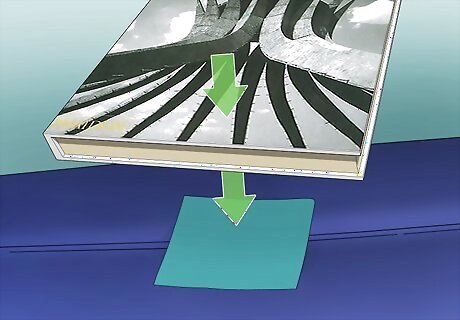
Set the patch over the leaking area and press down on it until it’s flat. Weigh the patch down with a heavy object, such as a book. Leave the patch there for up to 12 hours if possible. If you don’t have time to wait for the glue to dry, the patch may come off. Try using duct tape or another cover material until you can cover the leak properly.
Inflate the mattress to test it.
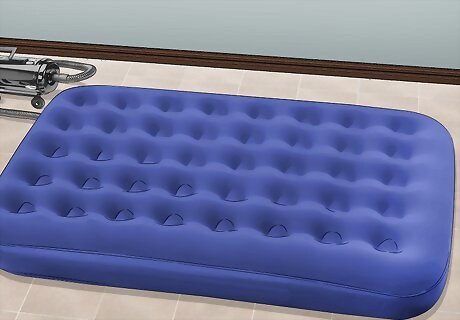
Listen for any leaks once the mattress is inflated. To test this, you can put talcum powder around the patch. If the mattress is still leaking there, the air will blow off the powder.




















Comments
0 comment